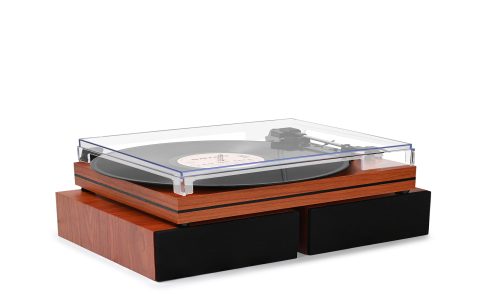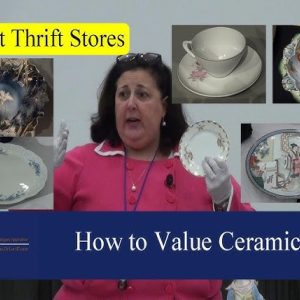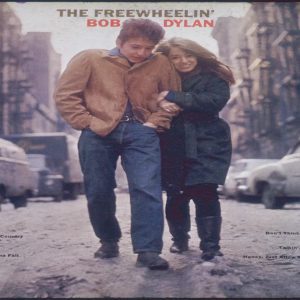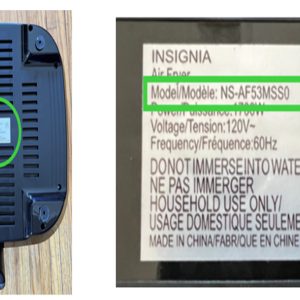Vintage wooden record players represent significant audio history and craftsmanship. Understanding their characteristics and maintenance is crucial for collectors and users.
Identifying Key Components
- Wooden Cabinet: Often walnut, teak, or mahogany. Assess for warping, veneer lifting, or severe scratches.
- Drive Mechanism: Identify idler wheel, belt drive, or direct drive systems. Original parts are critical for value.
- Cartridge & Stylus: Early ceramic cartridges are common. Verify stylus condition; replacement requires specific vintage-compatible models.
- Amplification: Tube amplifiers (pre-1960s) demand expert servicing; solid-state units (post-1960s) may need capacitor replacements.
Preservation Essentials
Wood Care: Clean with mild, non-alcohol soap. Use specialized wood polish sparingly. Store away from direct sunlight and humidity extremes (ideal: 40-60% RH).
Electronics Maintenance: Never power on untested units. Have tubes checked for shorts and capacitors replaced by qualified technicians to prevent damage.
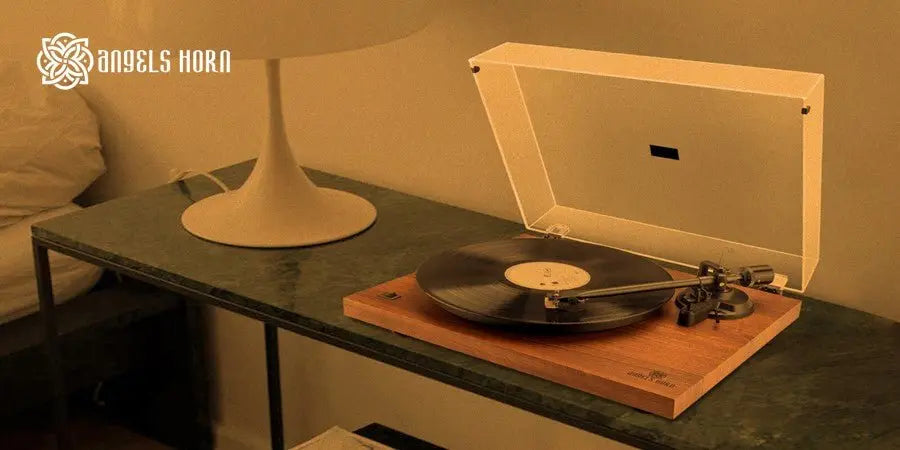
Mechanical Service: Degrease old lubricants from platter bearings/motors. Use manufacturer-specified oils/greases. Check idler wheel rubber for hardening/cracks.
Playback Considerations
Vintage players often track heavier (5g+) than modern standards. Using them with irreplaceable records risks damage. For regular playback:
- Install a compatible new stylus
- Verify correct tracking force with a gauge
- Prefer 78 RPM records with compatible stylus shape
- Avoid modern high-fidelity LPs; use dedicated modern turntables instead

